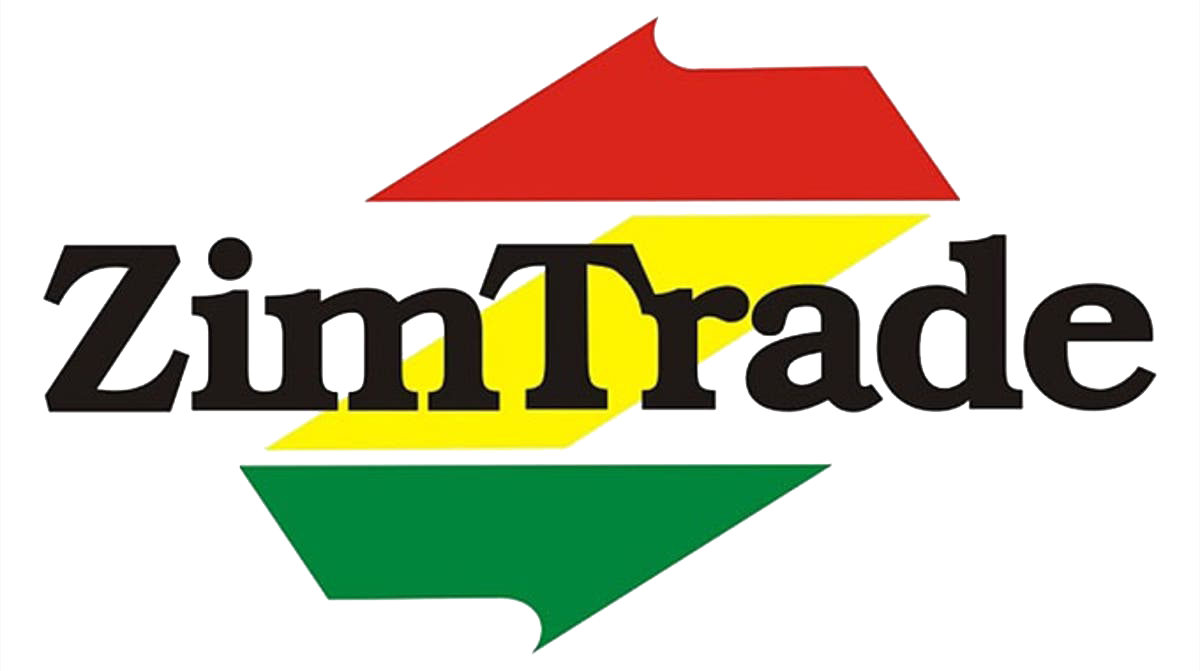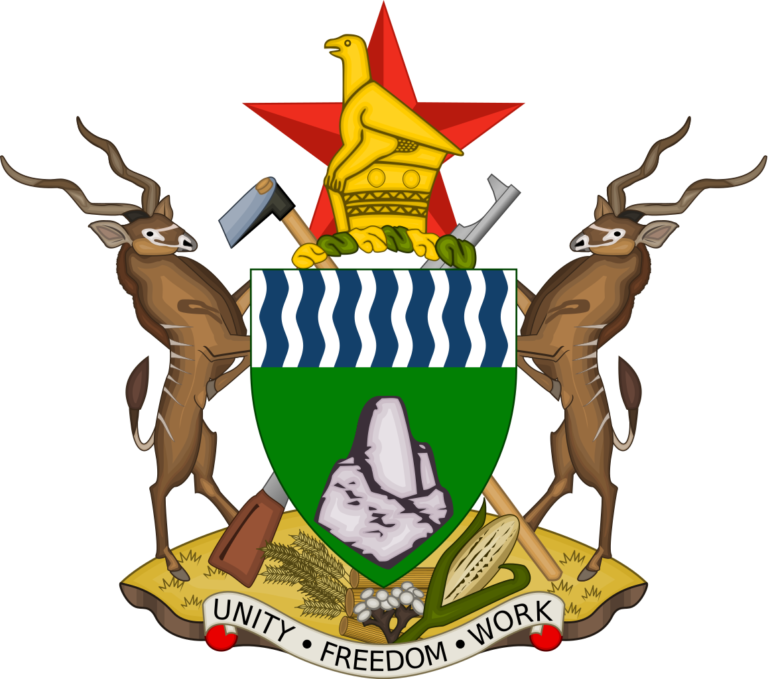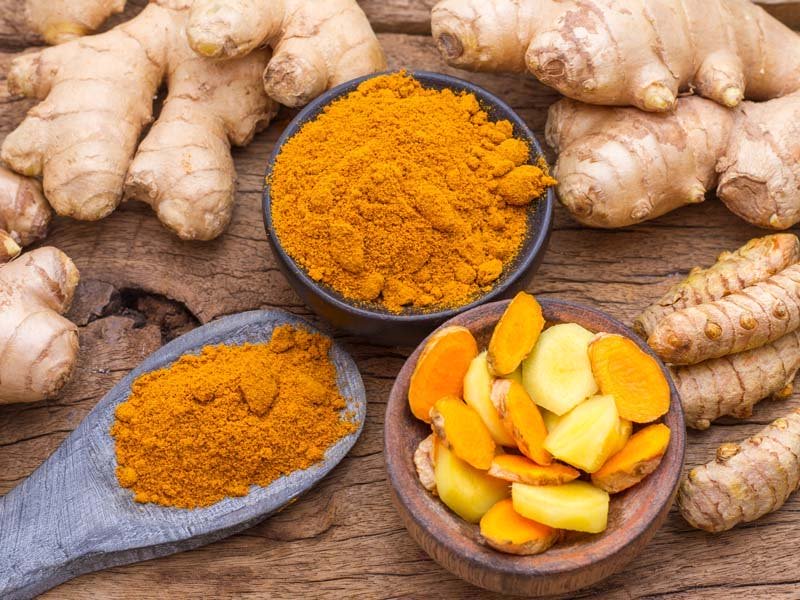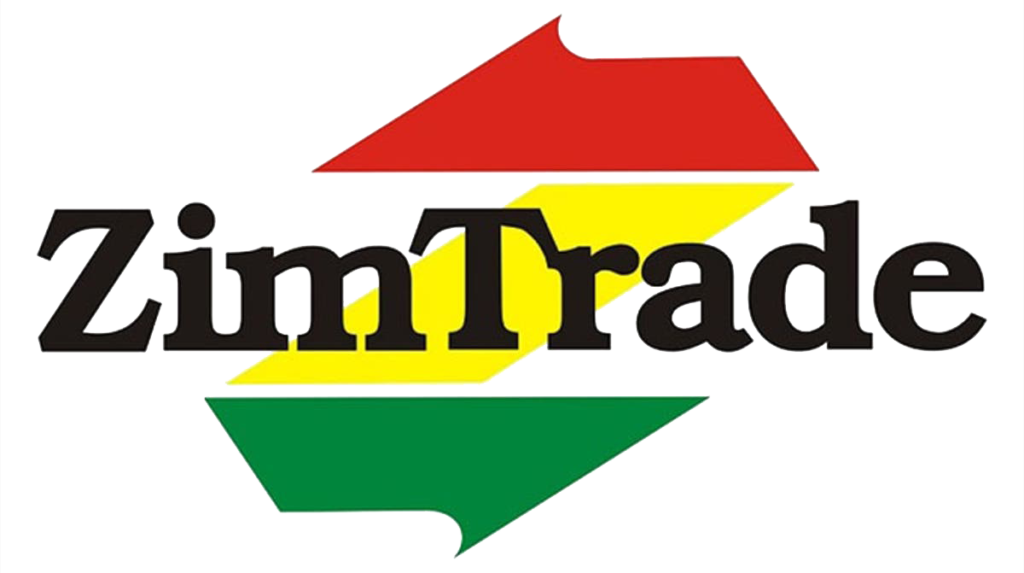The global demand for ginger and turmeric is currently on an upward trend.
These are some of the products considered to be healthy and have versatile uses across the world, ranging from spices, tea, and medicine.
Both ginger and turmeric are perceived to have health benefits for treating problems such as stomach problems, diarrhea, inflammation, and nausea
Turmeric is even considered to have benefits to those with heart problems, suffering from cancer or Alzheimer’s disease, according to Healthline.
Some of these perceived health benefits have been a major drive for pushing consumption of ginger and turmeric around the world, particularly during these times of the coronavirus pandemic where people are increasingly becoming more cautious of the need for healthy eating.
With Zimbabwe being home to some of the best organic produces around the world, there is potential for local farmers to tap into the growing global market for ginger and turmeric.
Looking at the markets
The global trade bill for ginger has been growing over the past five years from US$853 million in 2015 to US$1.05 billion in 2019, representing a 23.4 percent increase, according to Trade Map.
Major global importers for ginger are USA, Japan, Netherlands, Pakistan, Bangladesh, and Germany.
Of these importers, Zimbabwean farmers are already supplying Netherlands with produces such as flowers and peas, which could provide a gateway for those intending to increase ginger exports to Europe.
In Africa, some of the top 2019 importers of ginger, according to Trade Map, were Morocco (US$14.8 million), Egypt (US$4.4 million), Algeria (US$2.8 million), South Africa (US$2.6 million), and Nigeria (US$2.1 million).
In the SADC region – where local farmers can leverage on proximity to supply the markets – some of the countries with potential to buy ginger from Zimbabwe include South Africa, Botswana, Seychelles, Namibia, and Angola.
Mauritius, Zambia, and Lesotho can also provide markets for Zimbabwe-grown ginger.
Some of the varieties of ginger sought after around the world include include Rio-De-Janeiro, thingpui, wynad, maran and Nadia and these are available in most markets throughout the year.
India is currently the leading producer in the world, and more than 50 percent of the total ginger produced under organic conditions.
For Zimbabwe, figures available on Trade Map indicated that exports of ginger and turmeric have been insignificant over the past few years, albeit potential to supply and dominate in regional and international markets.
This is the same case with turmeric production and exports.
With regards to potential revenue, the price for ginger in major international markets has been averaging US$3.36/kg between August and November this year, according to International Trade Centre.
For turmeric, the world import bill has been growing from around US$219 million recorded in 2015 to US$289 million in 2019, according to Trade Map.
There has been a rising demand globally for household consumption and the medicinal industry, which is expected to further boost demand.
Major importers are USA, India, Iran, UK, Bangladesh, Germany, Malaysia, and Japan.
South Africa, Botswana and Mauritius are SADC countries that local farmers can consider supplying.
The commercially grown varieties include Alleppey, duggirala, armoor, Suvarna and these are also available in markets throughout the year.
Regarding potential revenue, turmeric has been selling at an average price of US$5.34/kg – with the highest price reaching US$9.11/kg – between August and November this year.
Ginger and turmeric production
The production requirements for ginger and tumeric versus harvest and potential revenue is an indication that the local farmers have potential to earn more from the crop.
First, ginger performs well under most soils found across the country, which means smallholder farmers and rural communities can join as producers of ginger for export.
As a tropical plant, ginger requires more water and hot temperatures.
In addition, ginger does not require complicated chemical requirements, with most fertilizers and pest control needs locally available.
According to the Garlic Ginger Turmeric Growers Association of Zimbabwe (GGTG Association), when budgeting for first time production, the seed is the only input that requires a relative higher investment with costs around US$6/kg.
However, production costs will go low as the first yield could be used as part of the seed for second production phase.
Planting for ginger usually takes place between September and November when temperatures are high and harvesting usually takes place five to six months after germination.
Information provided by GGTG Association shows that the seed requirement per hectare for ginger is 2000kgs, basal fertilizers of 1250kgs and 250kgs agricultural lime.
These requirements apply, following soil testing and other studies that can ascertain the actual requirements based on nutrients already available in the soils.
As organic produce is earning more on international markets, farmers who diversifying their products can take advantage of animal manure to feed ginger.
Ginger production is not affected much by pests and diseases and most farmers have been growing without the need for insecticides or pesticides.
The projected yield from ginger production ranges between 15-20 tonnes per hectare.
With regards to turmeric, it can be grown in diverse tropical conditions and requires annual rainfall of 1500mm or higher, according to iShamba – a farmers’ information services portal.
However, in dry areas or during draught seasons, turmeric can be grown under irrigation.
Turmeric can grow in many “soil types and well-drained sandy loam soils rich in organic matter are the most suitable, whilst poorly drained, rocky or clay type soils are not suitable.”
Turmeric is grown from rhizomes, which should 40-50g in weight, with 1-2 buds for better production.
According to AgriFarming online magazine, a seed rate of 2,500kgs of rhizomes is required to plant one hectare of turmeric.
Early maturity varieties can be harvested in seven months.
From these figures, it makes it easier to maximize on numbers for smallholders who are looking to improve their exports of turmeric.
Export requirements
Local farmers looking to export to international market should comply with food quality and safety standards such as Global GAP, Fair Trade and Verified Carbon Standards.
These standards ensure that ginger and turmeric production does not negatively impact on the health of humans and animals as well as minimise potential effects to the environment.
Those targeting European market must ensure their products comply with the European Union legislation on control of contaminants in foodstuffs; control of pesticide residues in plant and animal products intended for human consumption; health control of foodstuffs of non-animal origin and plant health control.
Other mandatory requirements in Europe are traceability and compliance in food and feed and labelling for foodstuffs.
For those targeting regional markets, the requirement is that each shipment must be accompanied by a complete set of documentation respective of consignment size, including CD1 Form, Agro-dealer or Agro-producer Certificate, Phytosanitary Certificate, Airway bill and packing list.
The Agro-dealer or agro-producer certificates are obtained from the Agricultural Marketing Authority (AMA) while Phytosanitary Certificate is obtained from Mazoe Plant Protection Offices.
Export Permit, which is required by Plant Health Inspectors and ZIMRA at export points are issued by the Ministry of Lands, Agriculture and Rural Resettlement.
Further to this, the requirements for packaging state that material used should protect the taste, flavor, colour and other characteristics of the product, protect the product form bacteriological and other contamination and not pass out any odour, taste, colour and other foreign characteristics to the product.
On labelling in most countries, allergens must be highlighted in the list of ingredients, especially for value-added ginger and turmeric products.
Exporters must also take note of the language preferred by the importing country, such as Portuguese for Mozambique and Angola and French for DRC.



